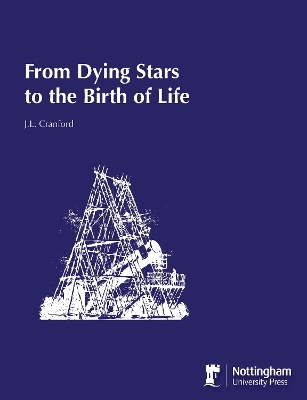
From Dying Stars to the Birth of Life
Nottingham University Press (Verlag)
978-1-907284-79-3 (ISBN)
- Titel nicht im Sortiment
- Artikel merken
While the author has no formal training in astronomy or the space sciences, he has been a dedicated "amateur" in this area from childhood. After graduating from high school, the author chose to pursue a career as a brain scientist rather than upgrading his astronomy hobby to a fulltime occupation. Between 1964 and 1970, Professor Cranford earned a BA in Psychology from Wichita State University, a Ph.D in Experimental Psychology from Vanderbilt university, a Neuroscience Post-doctoral Fellowship from Duke University and, in 1984, a M.C.D in Clinical Audiology from Louisiana State University. Over the years working up from a Research Associate to an Associate Professor, to becoming a Professor in 1996, he has overseen various student theses and doctoral dissertations. He has also been involved in seven research grants exploring many topics associated with hearing science and deafness. He has written three textbooks and contributed over 60 journal articles. He has also been involved with many clinical studies in his area. Although now retired as a brain scientist, he continues to be a very active "amateur" astrobiologist (ergo the present book).
Preface * Computers, Rocket Science and the Birth of Astrobiology * Our Vast and Hostile Life-Friendly Universe * How Life Works on Planet Earth * How Life and Earth Co-Evolved to Produce a Life Friendly Biosphere * The Search for Other Worlds and Other Life-forms * The Possibility of Visiting or Communicating with Extraterrestrial Civilizations * Some Final Thoughts from the Author * Index
| Erscheint lt. Verlag | 1.2.2011 |
|---|---|
| Sprache | englisch |
| Maße | 189 x 246 mm |
| Gewicht | 806 g |
| Themenwelt | Naturwissenschaften ► Physik / Astronomie ► Astronomie / Astrophysik |
| ISBN-10 | 1-907284-79-6 / 1907284796 |
| ISBN-13 | 978-1-907284-79-3 / 9781907284793 |
| Zustand | Neuware |
| Haben Sie eine Frage zum Produkt? |
aus dem Bereich


